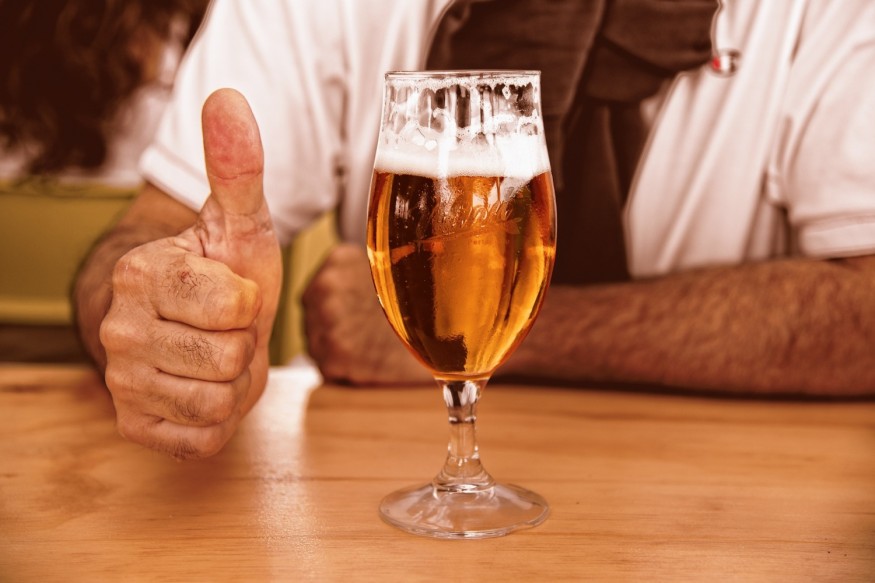
Ever wondered what goes into creating that ice-cold, refreshing pint of beer you enjoy after a long day? There's a whole world of fascinating science hidden within each drop, waiting to be discovered!
From the microscopic magic of yeast transforming humble sugars into alcohol to the artful balancing act between malt and hops, there's so much going on behind the scenes. But before talking about them...
Starting Your Own Brewery?
In today's competitive market, innovation is key. To stay ahead of the game, consider exploring new flavor combinations or tap into trending beer styles like the hazy IPA or juicy sours.
When setting up your brewery operations, efficiency and cost-effectiveness should be prioritized. Thankfully, technology has made it possible to revolutionize brewery operations with Ollie's solutions - tools designed to optimize the brewing process from start to finish.
Utilizing these cutting-edge resources can help you manage everything from fermentation temperatures to yeast health monitoring. Also, don't forget that success comes not only from delicious products themselves but also from strong branding and community engagement.
Yeast - The Unsung Hero
Yeast is the unsung hero responsible for turning little sugar particles into wonderful alcohol. Now, picture this: Yeast is tiny single-celled fungi that absolutely thrive on sugar. This sweet stuff serves as their main source of energy. As they metabolize the sugar during the fermentation process, they produce a lovely byproduct - alcohol.
It's also interesting to note how essential yeast has been throughout human history. These marvelous microorganisms have made our lives more enjoyable through beverages like beer and wine and provided us with delicious foods such as bread. Did you even know that NASA sent yeast to space through Artemis I?
Back to beer now! To make all this work, brewers carefully select the right strain of yeast that best suits the type of beer they want to produce. Not all yeasts are created equal; some strains create fruity notes while others add a spicy kick or even enhance maltiness. How would you enjoy your favorite drink without yeast?
The Wonderful World of Water
Water constitutes around 90-95% of beer's content, making it the backbone of your brew. Wondering how this can impact flavor? Well, consider this: it's not just any water that goes into beer production, but often, specific sources with particular mineral compositions are chosen for their influence on taste.
For instance, the mineral content in the water can affect enzymes during the mashing process. Calcium enhances enzyme activity and contributes to better fermentation. Meanwhile, levels of carbonate ions may require adjustments such as adding acids to strike a balance in beer pH levels.
In addition, water from certain regions can even determine which type of beer should be brewed there. For example, in Dublin - home of Guinness - hard water with a high mineral content is perfectly suited for brewing rich and full-bodied stouts. Did you know these facts about water?
The World of Hops
You know that bitterness and unique aroma in your favorite brew? That comes from these pretty little flowers called hops. But wait, there's more to them than just enhancing taste! Their antibacterial properties were discovered long ago and helped curb the growth of spoiling microorganisms - making beer last longer while also boosting its flavor.
There are hundreds of different types of hops cultivated all around the world for use in beer production. Each one brings its own distinctive profile to the table - anything from delicate floral tones to piney citrus notes.
On top of that unique mix of flavors and aromas, hops balance beer by countering sweetness. You see, malt-derived sugars can give beers an overly sweet taste if left unchecked. This is where hop bitterness steps up as an essential flavor leveler.
Barley - The Humble Yet Important Grain
Barley has the ability to be malted, which in turn brings out those delicious flavors we all love. Malting is a process where barley grains are soaked in water, allowed to germinate briefly (sprout), and then dried. During germination, enzymes get activated and break down complex starches into simple sugar compounds. These sugars ultimately become the fuel for yeast during fermentation.
Think about it - without barley, there would be no malt sugars for the yeast to convert into alcohol. This essential grain isn't just about providing fuel though; it also contributes greatly to a beer's appearance, flavor profile, and body.
There are different types of malted barley out there; some lend themselves better to specific beers. For example, pale malts add minimal color but boost fermentable sugars for lighter brews. In contrast, specialty malts like crystal or chocolate can introduce rich caramel hues or dark roast notes to stouts and porters.
Now that you have a glimpse into the captivating science that brings beer to life and are armed with this knowledge, why not share the joy of brewing with your friends and fellow beer enthusiasts?
Raise a glass, toast to the remarkable ingredients and processes we've uncovered, and remember to celebrate the wizards (the brewers) behind each sip.
© 2025 ScienceTimes.com All rights reserved. Do not reproduce without permission. The window to the world of Science Times.












